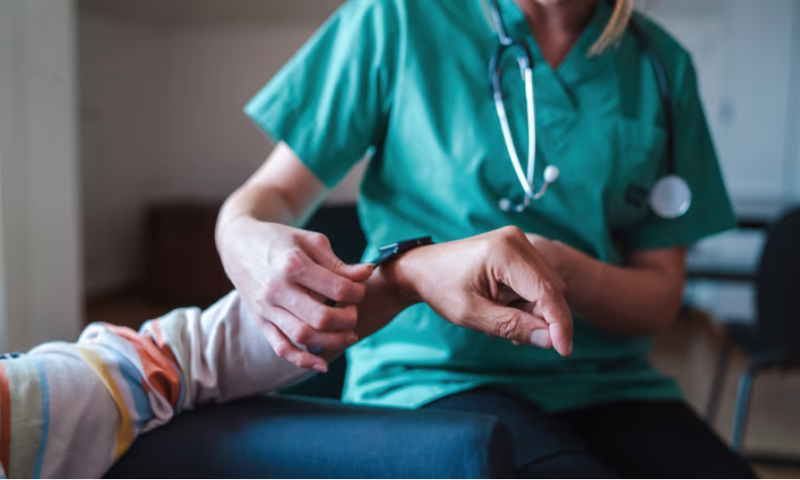As wearable health devices like Fitbits and Apple Watches become more advanced, features like daily activity monitoring, heart rate measurements and built-in ECGs can make them crucial tools for managing heart health.
But those benefits are only available to those who actually use the devices—a number that’s woefully disproportionate to the percentage of the population who either have heart disease or are at risk of developing it, according to a new study from the American Heart Association.
The research was unveiled Monday and is slated to be presented at the AHA’s annual scientific sessions next week. It analyzed the wearable-related results of a broader survey of more than 9,300 American adults, with an aim of better understanding who, exactly, uses the devices.
Though approximately 29% of the entire U.S. adult population were found to have used a wearable device to track their health in the preceding year, the survey showed that about 26% of those at risk of developing cardiovascular disease and only 18% of those already diagnosed with the disease were using wearables.
“We were surprised to find that people with cardiovascular disease were notably less likely than people without cardiovascular disease to use wearable devices, which suggests those who are most likely to benefit from these technologies appear to be less likely to use them,” said Lovedeep Dhingra, M.B.B.S., lead author of the study and a postdoctoral research fellow at the Yale School of Medicine. “We need to ensure that wearable devices reach the people who need them most, by improving equitable access and promoting wearables as health devices to help improve health and decrease health disparities.”
Altogether, more than 100 million Americans have either been diagnosed with heart disease or are at a higher-than-average risk—due to associated factors like high blood pressure, Type 2 diabetes, smoking and obesity, per the AHA—illustrating the huge potential for wearable health devices to help manage heart health.
The disparities in wearable use became even starker when the researchers broke down their findings by age, socioeconomic status and other demographic data.
About half of all people with cardiovascular disease and more than 20% of those at heightened risk are 65 and older, but only 12% of those already diagnosed and 14% of at-risk patients in that age group were found to use wearables. The numbers were only slightly better for those between the ages of 50 and 64, with 17% of heart disease patients in that group reporting using the devices. Meanwhile, a third of diagnosed patients between 18 and 49 are using wearables to help track their health.
On top of the age-related differences, income and education level also played a part. People with heart disease whose annual household income is at least $50,000 were found to be four times more likely to use the devices than those making less than $20,000, with a similar disparity found between people who have pursued education beyond an undergraduate degree and those who haven’t.

